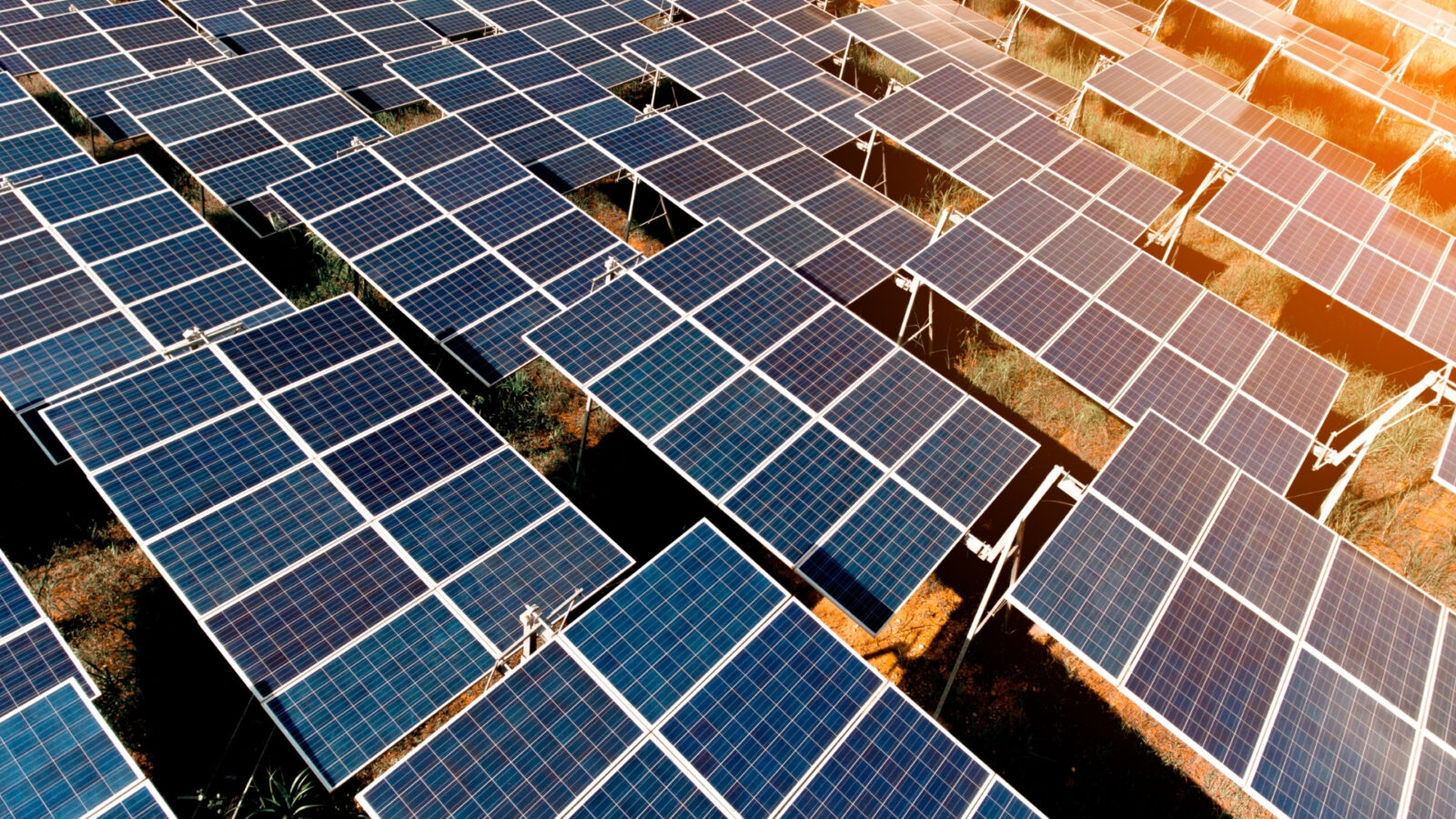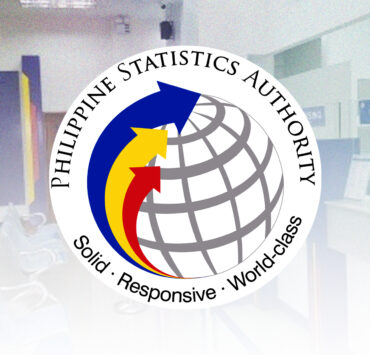P100B needed to deploy ‘smart’ power grid

The Philippines needs around P100 billion to upgrade its power grid and limit economic losses from widespread blackouts, global energy think tank Ember said.
The figure reflects a “high-level investment scenario,” especially as the market expects to switch on more renewable energy projects that will have to be quickly connected to the grid, according to the group.
The Marcos administration has been making aggressive moves to entice more investments in the energy market, as it wants renewables to account for 35 percent of the country’s power generation mix by 2030 from the current 22 percent.
Alnie Demoral, Asia energy analyst at Ember, said there was an “urgency” to modernize the local transmission system.
“Smart grid deployment will be vital in shaping a cleaner and more resilient energy future, delivering reliable, flexible, and secure electricity to both growing industries and Filipino households,” she said late on Tuesday.
It defined smart grid as the “digitalization of electricity networks, enabling two-way communication between suppliers and users.”
Smart grid provides digital intelligence that includes forecasting and the real-time balancing of renewables and demand to ensure consistent electricity supply to the end-users.
The group said “reliable” grid assets serve as a “backbone” for the economic growth of the Philippines and the other member-countries of the Association of Southeast Asian Nations (Asean).
However, it said that Asean countries continue to experience grid challenges.
Transmission
“At a national level, transmission remains a key challenge. Many of the most resource-rich solar and wind sites are located far from major demand centers, and limited transmission capacity can lead to congestion and curtailment,” the report said.
This is particularly important for the Philippines, as Ember sees the country leading the deployment of solar and wind farms.
Other factors weighing down on the grid’s reliability are aging infrastructure, as well as limited rural coverage.
The lack of a strong grid system leads to power outages, subsequently causing “lost economic momentum,” Ember said.
It cited the Panay Island power crisis in early 2024, where daily losses amounted to around P400 million to P500 million.
“While such a scale of blackout is uncommon for the island, it illustrates how grid disruptions can have material impacts on local economies and livelihoods,” it said.





















